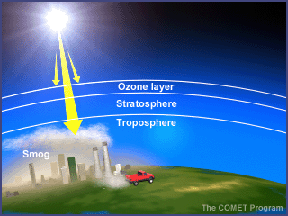In the troposphere, the ground-level or "bad" ozone is an air pollutant that damages human health, vegetation, and many common materials. It is a key ingredient of urban smog. In the stratosphere, we find the "good" ozone that protects life on earth from the harmful effects of the Sun's ultraviolet rays.
Click on image for full size
Courtesy of COMET program
Ozone - An Overview
The Ozone Hole. Pollution. Skin Cancer. Why does the topic of ozone make the news so much? How important is the ozone in our atmosphere? Why are scientists so concerned about its increase near the surface of the Earth and its disappearance higher up in the atmosphere?
First things first - what is ozone? Ozone is made of three oxygen atoms
(O3). The oxygen in our atmosphere that we breathe is made up of
two oxygen atoms
(O2). When enough ozone molecules are present, it forms a pale blue
gas. Ozone has the same chemical structure whether it is found in the
stratosphere or the
troposphere. Where we find ozone in the atmosphere determines whether we
consider it to be "good" or "bad"!
In the troposphere, the ground-level or "bad" ozone is an air pollutant that damages human health, vegetation, and many common materials. It is a key ingredient of urban smog. In the stratosphere, we find the "good" ozone that protects life on Earth from the harmful effects of the Sun's ultraviolet rays. We have good reason to be concerned about the thinning of the ozone layer in the stratosphere. We also have good reason to be concerned about the buildup of ozone in the troposphere. Although simplistic, the saying "Good up high and bad near by," sums up ozone in the atmosphere.
You might also be interested in:
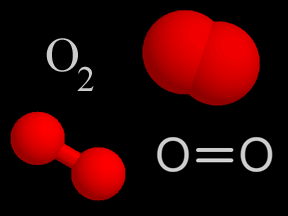
Oxygen (O2) is a kind of gas. A lot of the air you breathe is oxygen. That's a good thing, since we need oxygen to stay alive! About 4/5ths of the air in Earth's atmosphere is nitrogen (N2). Almost all
...more
What do smog, acid rain, carbon monoxide, fossil fuel exhausts, and tropospheric ozone have in common? They are all examples of air pollution. Air pollution is not new. As far back as the 13 th century,
...more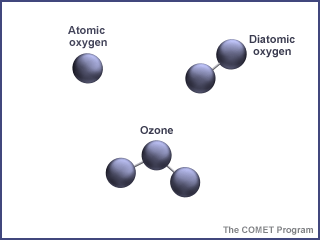
Ozone is a special kind of oxygen molecule. Normal oxygen molecules (O2), the kind we need to breathe, have two oxygen atoms. Ozone molecules (O3) have three oxygen atoms. Ozone forms when a photon of
...more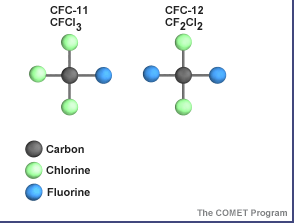
About 90% of the ozone in the Earth's atmosphere is found in the region called the stratosphere. This is the atmospheric layer between 16 and 48 kilometers (10 and 30 miles) above the Earth's surface.
...more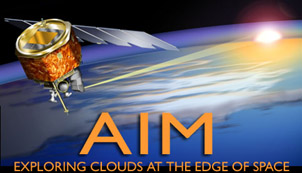
Satellites that orbit Earth help us study Earth's atmosphere, weather, and climate. Here are a few of the many spacecraft that study our atmosphere. Aura was launched in July 2004. It is studying pollution,
...more
When you think of chemistry, do you think about mixing colored liquids in test tubes and maybe making an explosion... or at least a nice puff of smoke? Did you know that a lot of chemistry happens in Earth's
...more
Photons are tiny bits of light and other kinds of electromagnetic radiation. Photons can sometimes break apart molecules. When this happens, it is called photodissociation. When a photon runs into a molecule,
...more


